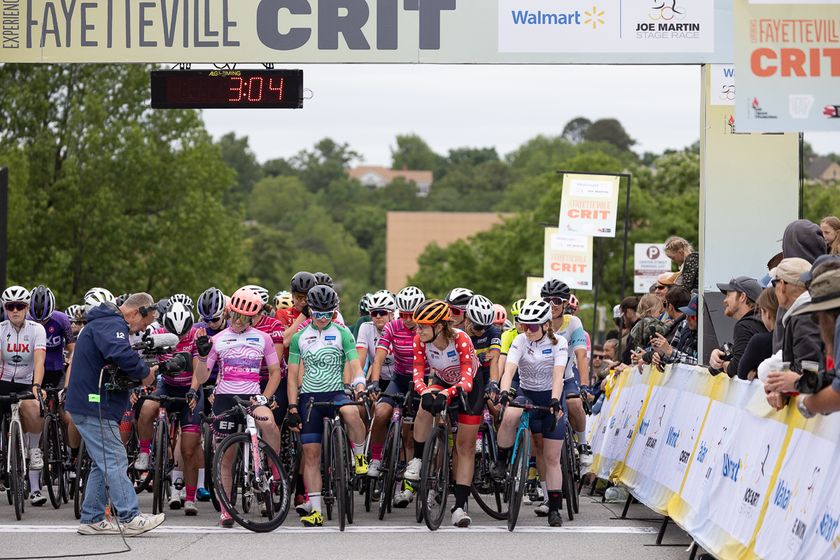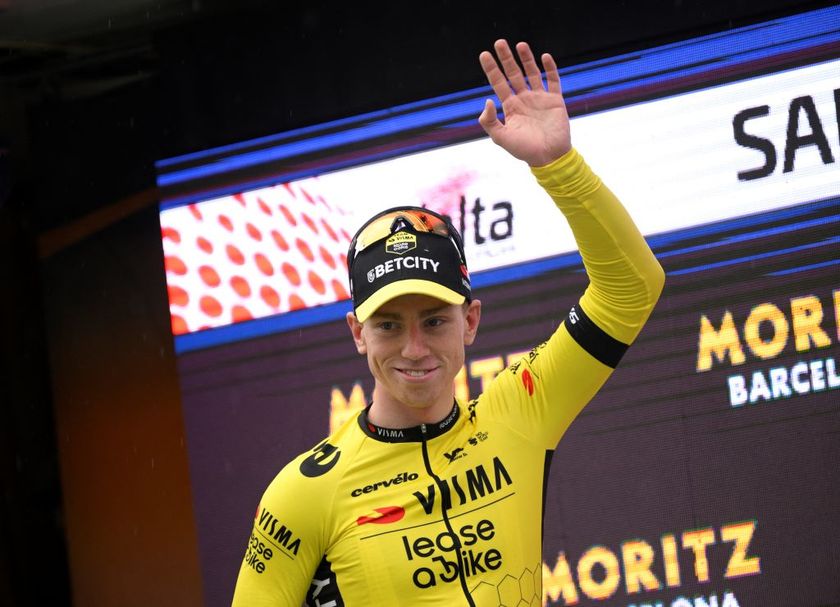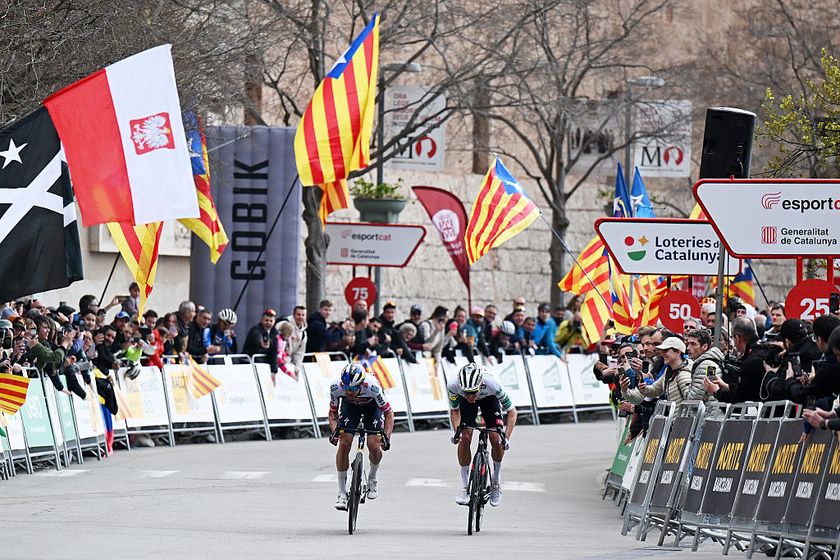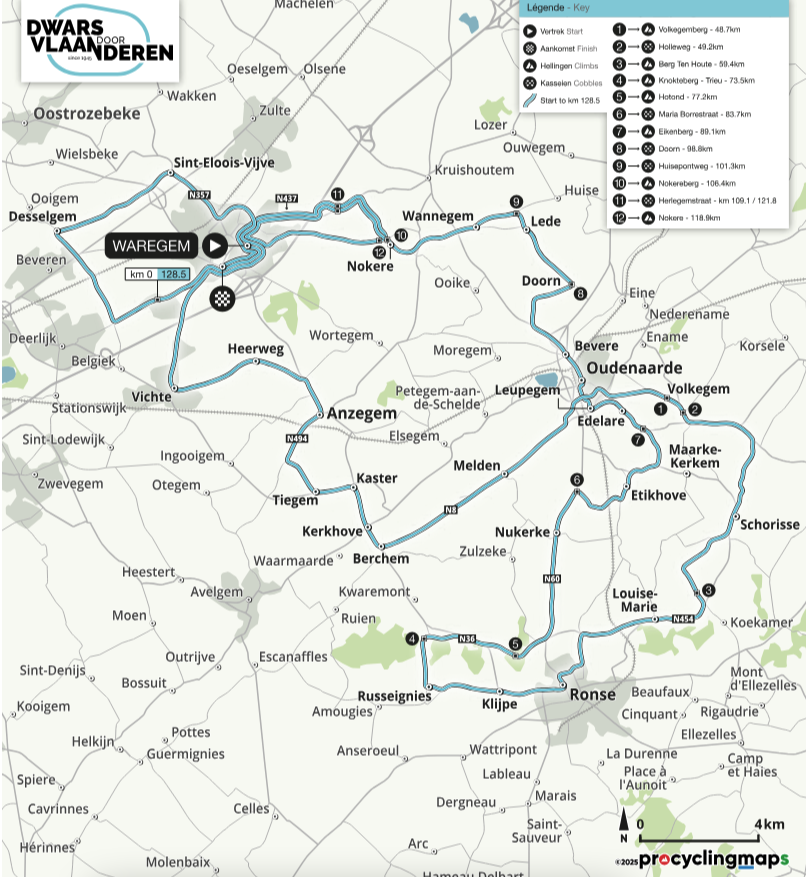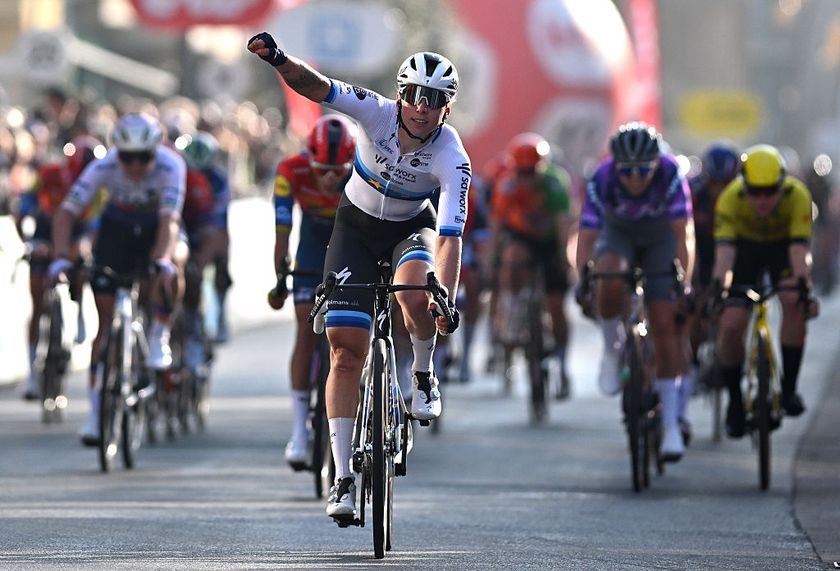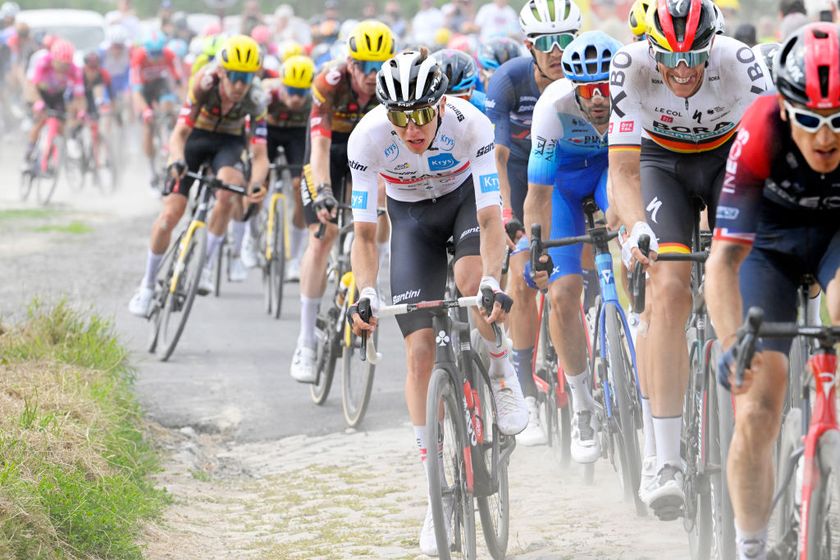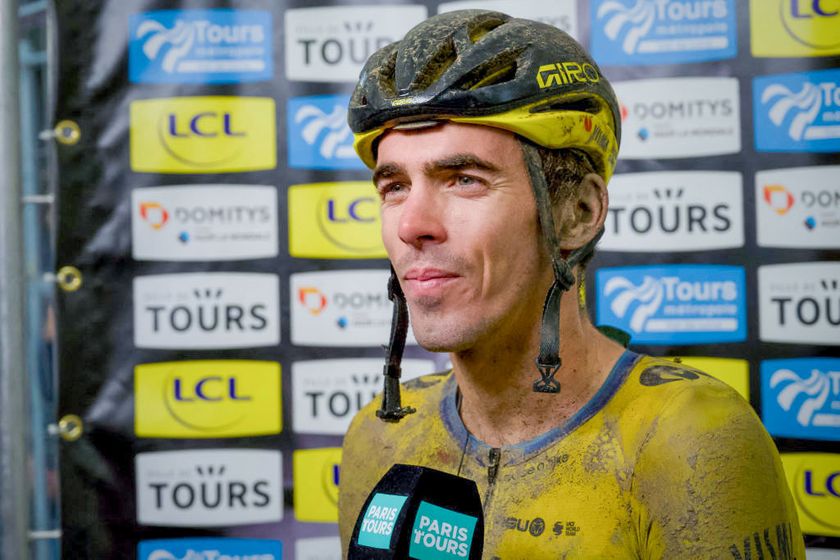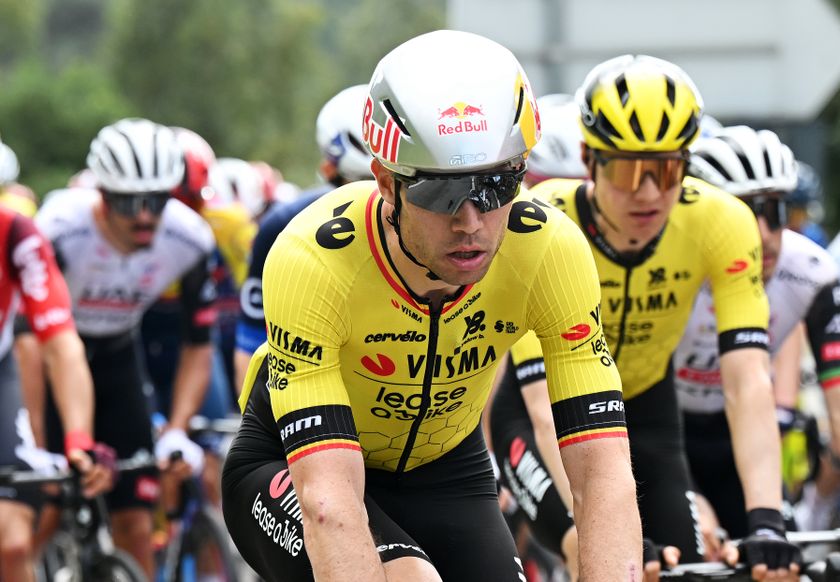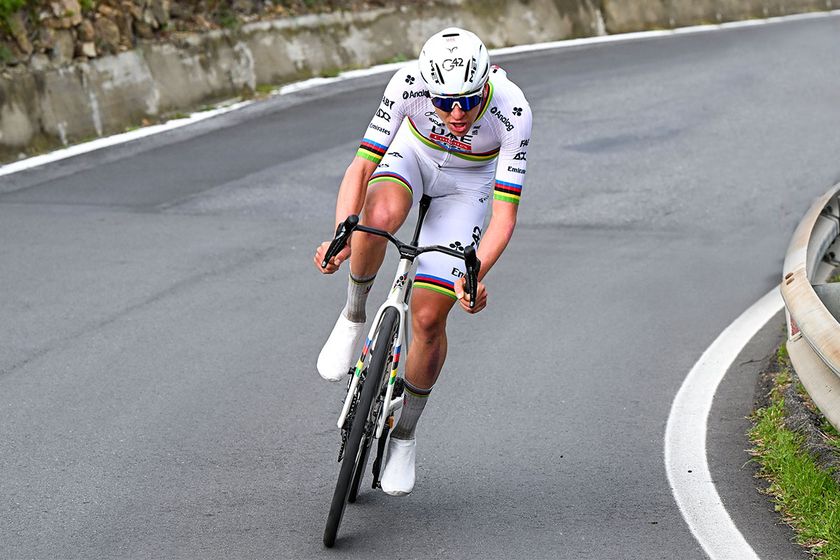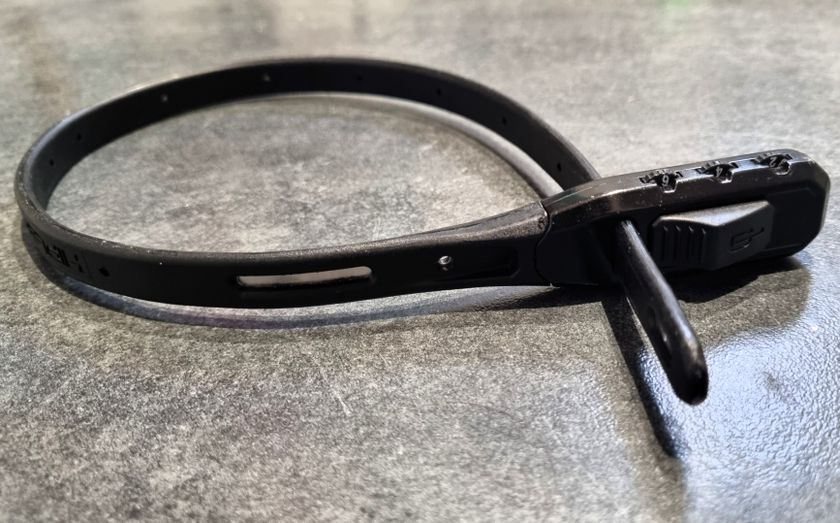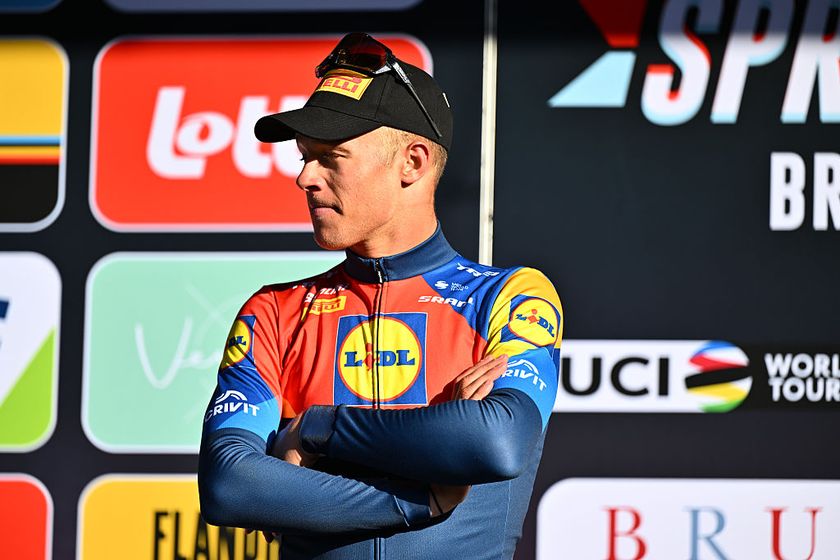Vanmarcke talks Classics, anti-doping and the TUE process
Blanco rider on racing clean and his aims for Flanders and Roubaix





Sep Vanmarcke (Team Blanco) has been given the all-clear by doctors to ride E3 Harelbeke and Gent-Wevelgem as he bids to rescue his spring campaign from the clutches of injury.
The classics specialist took a tumble during Tirreno-Adriatico and it was first feared that surgery might be needed on his right knee. However a period of rest, coupled with a gentle recovery means that the 24-year-old will have a chance to return to full fitness before his main objectives at the Tour of Flanders and Paris-Roubaix.
“It’s better. It’s not perfect because there’s still fluid on the knee and I need to ride with tape but I’ll start E3 and we’ll see how it goes. I didn’t train for eight days so that’s definitely not good. I did some swimming, the first few days just my arms and then with my legs, just a little bit but of course that’s not the same as riding the bike,” Vanmarcke told Cyclingnews at Blanco’s team base on the outskirts of Ghent the evening before E3.
“This week I started training again and I did one session of four hours. Some efforts were painful but they said that would be the case for the first few weeks. That was three days ago and every day it’s getting better. If I accelerate I feel it but we’ll see on the climbs. I don’t know how my knee will react or how my condition is.”
Vanmarcke signed for Blanco after two seasons at Garmin which culminated in a superb victory at Omloop Het Nieuwsblad last year. In a spring that saw Tom Boonen and his all-conquering QuickStep team rule the roost over the competition Vanmarcke’s success stood out.
“So far it’s been great for me,” he said when asked about his transition from Garmin to Blanco.
“They’re really professional and everything is planned really well. I get along with the riders and it’s going well. It’s easier to because I can speak Dutch, but the staff and riders are motivated and there’s never any complaining.”
Get The Leadout Newsletter
The latest race content, interviews, features, reviews and expert buying guides, direct to your inbox!
However Vanmarcke’s move to Blanco was almost immediately followed by the news that Rabobank were terminating their long association with cycling. USADA’s investigation into Lance Armstrong coupled by the far closer to home court case involving Michael Rasmussen and Geert Leinders saw the bank run for the hills, and ending a sponsorship that began in 1996.
The short-term vacuum was filled by a guarantee that Rabobank would finance the team for one season but without providing title sponsorship. Not exactly the firm footing and stable home Vanmarcke was seeking but he knuckled down and used the winter to focus on his job.
There were other teams on the hunt for Vanmarcke’s signature. His agent’s phone began ringing almost as soon as the rider had crossed the line in Het Nieuwsblad, as teams enquired about the 24-year-old’s plans for the coming season. With his contract ending in 2012 there were inevitable calls from the Belgian juggernauts Quick-Step and Lotto, while Garmin were keen to tie him down with a contract extension.
However the offer at Blanco was too good to turn down.
“I didn’t focus too much about it because I knew that the team would exist in 2013. I really hope that the team will still exist and I wish Rabobank hadn’t stopped but I can’t solve the problem myself or find a sponsor. All I can do is race for the team and I just try and focus on that the bosses they have to do their job and find the sponsors,” he says.
Testing times
Although Rabobank’s departure gave way for a short term wave of optimism in the guise of Highroad and their post-Telekom days, the headlines in recent months have been dominated by confessions from riders who raced for Holland’s former number one team of the 1990s and 2000s. Rasmussen, Leipheimer, Lotz, De Jongh, Sorenson, and Boogerd all came forward to confirm the news we’d all long suspected. Their salaries had been paid up, their contracts already dust but for the riders like Vanmarcke the damage was only beginning to tell.
“There was a big problem and now things from the past came out. Now people have stopped believing in clean cycling. There will always be cheaters, always, go look at the world in politics, but the authorities need to keep doing what they’re doing and stop cheats as soon as possible. If new drugs are being developed the authorities need to be able to test for those substances as soon as possible.
“Things are good now but there needs to be more testing. I know it’s expensive but more testing is the best way to scare the riders.
“My last test was in November and that’s really, really too long if you’re any rider, no matter how good you are. If you see last year most positives were from out of competition. Athletes all know that if you win a race or make the podium you will be tested so not many will try in the races. If you see with blood doping it was always in training camps or in preparation for big races so there should be lots more out of competition testing.
“It’s hard to say to people that you have to believe I’m clean when my last test was almost half a year ago. Even then you can’t prove everything with tests so it’s hard to convince people you’re clean. Sometimes I think it’s impossible and I get frustration. I saw in the press, in Belgium 90 per cent of people don’t believe in clean cycling any more. I do everything to be as good as possible, everything except taking anything that’s illegal, and then no one believes you. That’s so frustrating.
“I tweeted that people need to give us a chance but then the reaction from people is that I need to prove myself. How can I prove myself? It’s really difficult. Since then I try not to give too much attention to it because I can’t fix everything. I race clean, I can’t be more clean and I can’t do anything else.”
The TUE debate
The latest episode to hit cycling broke last week when it was alleged that Philippe Gilbert was prescribed cortisone to improve his performance at Lotto. It was denied by the rider, and the doctor at the centre of the allegations, which it must be added came from an anonymous former teammate. However the story highlighted the important issue of TUE abuse within the peloton.
“Only he and the doctor know. Everyone can give an opinion but it’s not really good. If it’s a prescription that’s 8 days before the race, I don’t think that’s good. I think that if you need cortisone you should sit out from two weeks up to a month. If you really need cortisone then it’s a big problem and then you can’t race because you’re not healthy. It should be harder to have cortisone.
“If you have an injury and need cortisone then it’s a bad injury and you shouldn’t race. If it’s true that cortisone makes you ride better then you shouldn’t race because it’s not fair on the other riders.”
Before he leaves for massage and his team meeting Vanmarcke shows Cyclingnews his injured knee, the swelling just below the knee cap and the scars from the crash.
“You want to know my about knee?” he asks with a wide grin, predicting our last question.
“I have to ride with tape and I can’t cover my knees so I have to cut holes in all my leg warmers. It’s the only way I can ride. I don’t use cortisone but I do cut my leg warmers.”
There’s no need for a TUE for that.
Daniel Benson was the Editor in Chief at Cyclingnews.com between 2008 and 2022. Based in the UK, he joined the Cyclingnews team in 2008 as the site's first UK-based Managing Editor. In that time, he reported on over a dozen editions of the Tour de France, several World Championships, the Tour Down Under, Spring Classics, and the London 2012 Olympic Games. With the help of the excellent editorial team, he ran the coverage on Cyclingnews and has interviewed leading figures in the sport including UCI Presidents and Tour de France winners.

